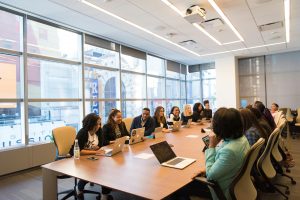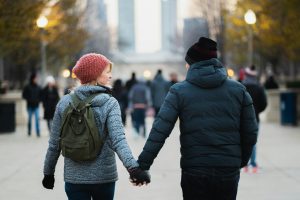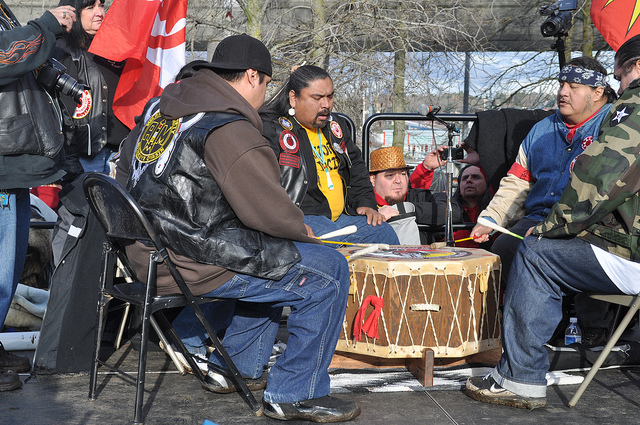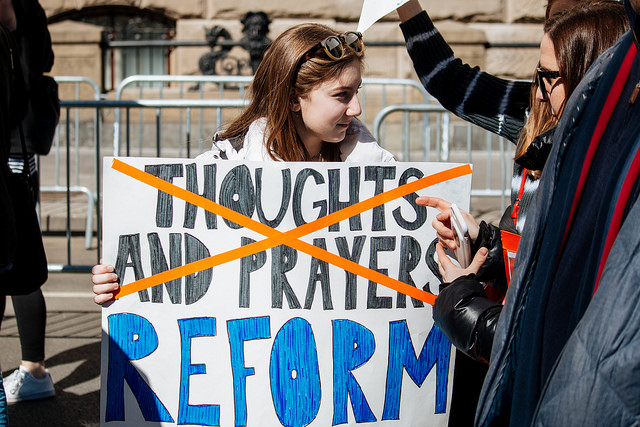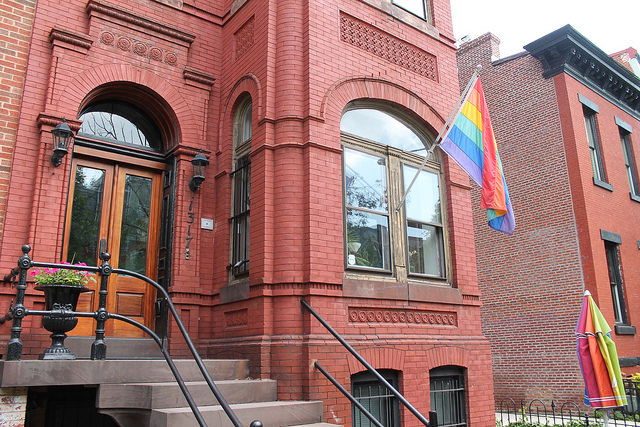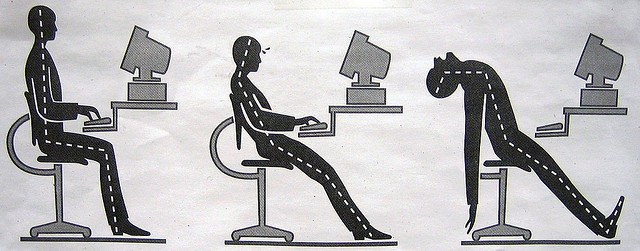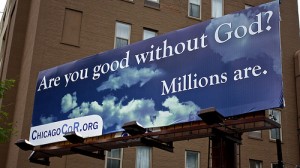- The Amsterdam News ran a feature on Elizabeth Ross Haynes, sociologist and women’s rights advocate. Haynes’ master’s thesis, Two Million Negro Women at Work (1922), was “praised for decades as the most comprehensive study of Black women in the United States.” Haynes’ work highlighted the lack of training opportunities and low wages for Black women in the workforce.
- The New York Times ran a story on how dating apps are struggling to sell subscriptions (the bulk of their revenue) to younger daters. Jess Carbino (Online Dating Consultant and former Sociologist for Tinder and Bumble) describes this trend as a demographic shift, commenting younger people “still feel a desire to use online dating apps, but they’re not necessarily experiencing a sense of urgency to find a partner.”
- Gaëtan Mangin (Sociologist at the Université d’Artois) wrote an article for The Conversation describing how, amid transitions to electric vehicles, owners of older cars are committed to certain ideas of sustainability. Many older car owners highlight the importance of using what you already have, often support driving less, and suspect that electric vehicles may be more polluting than they appear.
- ABC News ran a story on the rising use of Ozempic and other GLP-1 agonists for weight loss. Pepper Schwartz (Professor of Sociology at the University of Washington) commented on how physical appearance and identity can be inter-woven: “If you change your looks so much that you feel like a different person, then your identity is changing.”
- The American Prospect interviewed Eric Klinenberg (Professor of Social Science and Director of the Institute for Public Knowledge at NYU) on America’s response to the COVID-19 pandemic. Klinenberg discussed 1) how ‘social distancing’ was “rooted in good epidemiological science” but sociologically “destined to fail” as it undermined social solidarity; 2) how America was an outlier in COVID experiences, with high levels of destructive behavior; and 3) how our current presidential candidates are framing the pandemic as the election unfolds.

